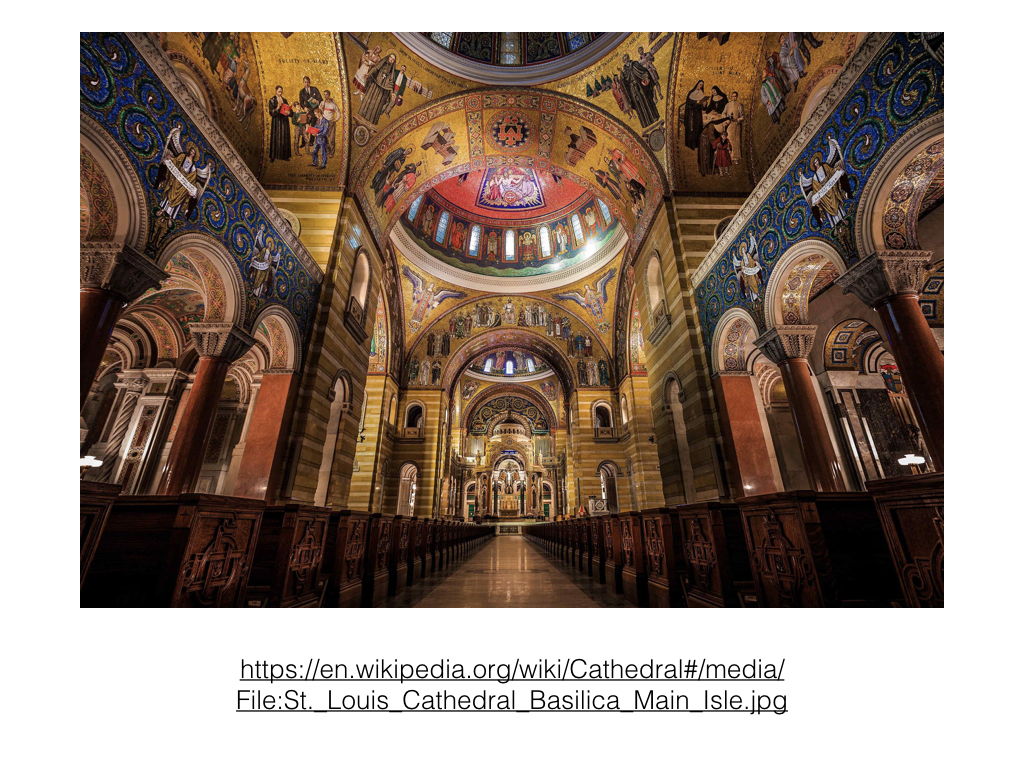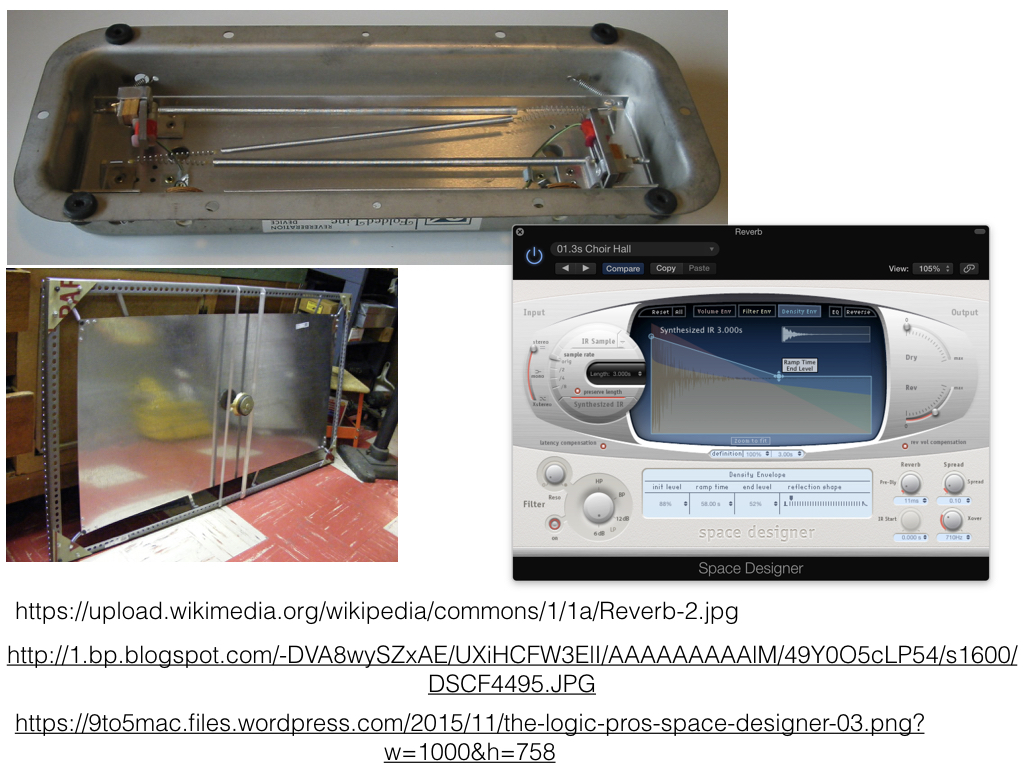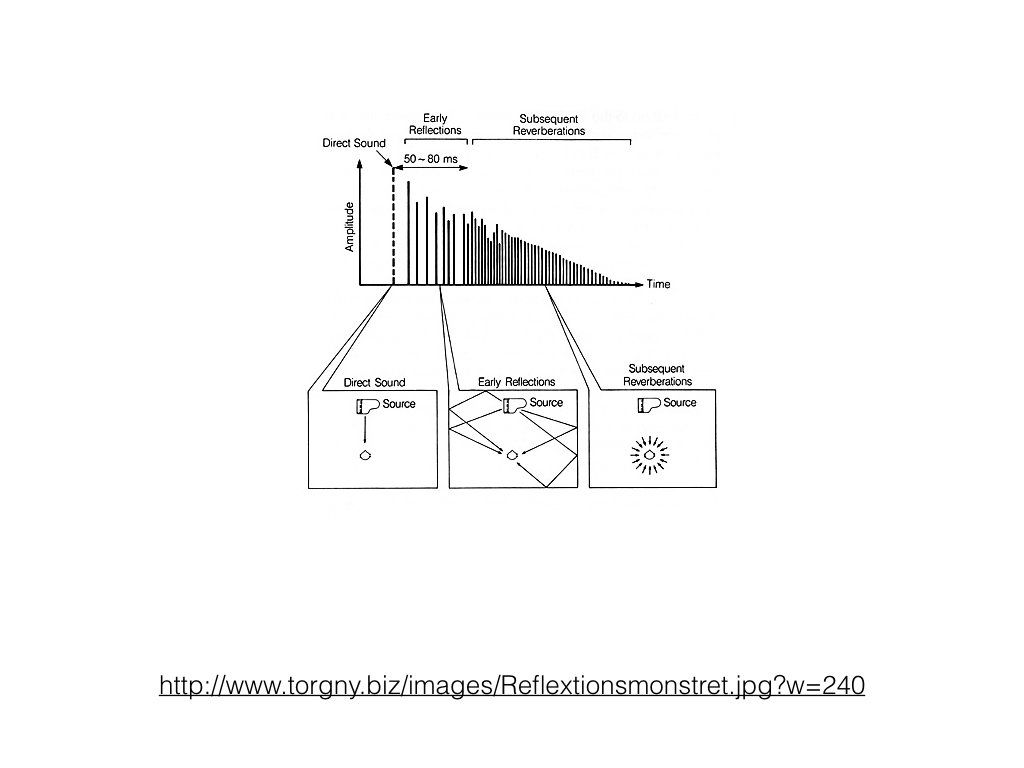Page Card
Reverberation
Belongs to subject Reverberation
Reverberation is a natural phenomenon where a sound source reflects off of surfaces, creating a sense of space. Different environments have different types of reverberation. A cathedral is quite different from a small bathroom, for example. In electronic music, we simulate these environments using reverberation modules.

Reverberation comes in a wide variety of flavors. The simplest reverberation engines are like delay. A spring reverb is a simple effect caused by passing the sound through a spring. A plate reverb is an effect created by passing the sound through a metal plate. We can emulate these simple physical techniques with digital technology. Most reverberation engines use a technique called convolution. In convolution reverberation, we record a noise with its reflections in a physical space. Then, we combine the room information with the source signal. The result is the sound appears to be in that environment.

Because there are so many types of reverberation engines out there, the parameters are different too. Almost all reverberation engines will allow you to set a wet/dry mix. Dry is the original signal, wet is the effected signal. Predelay is the amount of time between the original source and the start of reverberation. Early reflections are the initial, loudest reverberations. Ratio and depth will impact the number and intensity of the reflections. Decay time sets how long the reverberation will sound for. Room size, density, frequency, and panning all change the color of the reflections and inform the sense of space.
